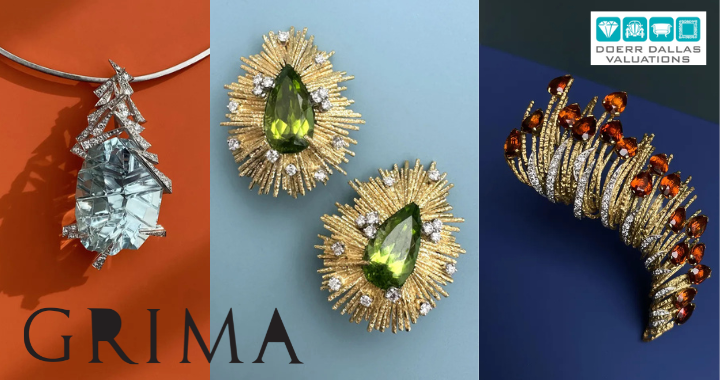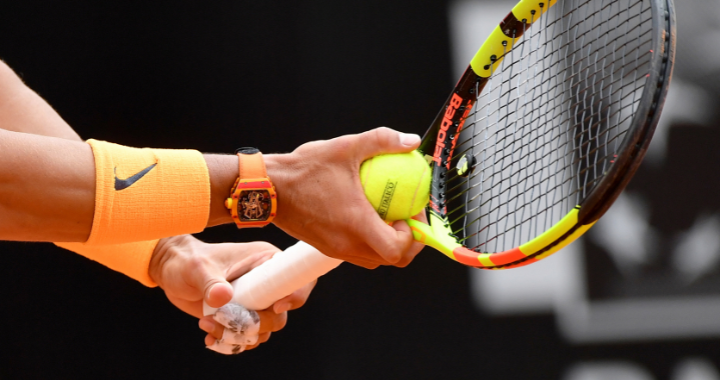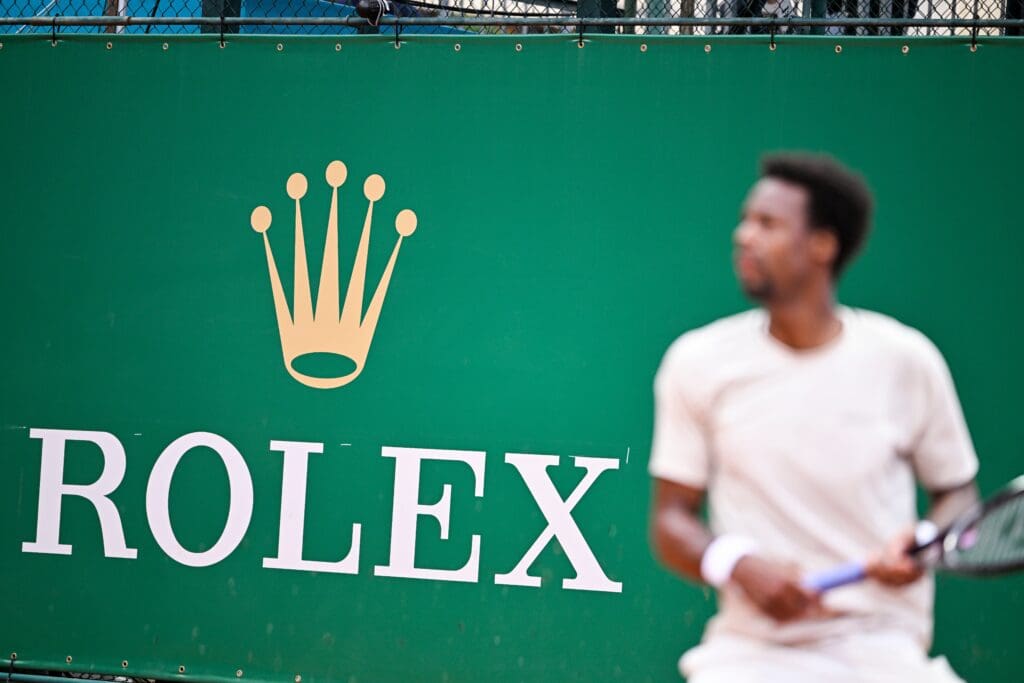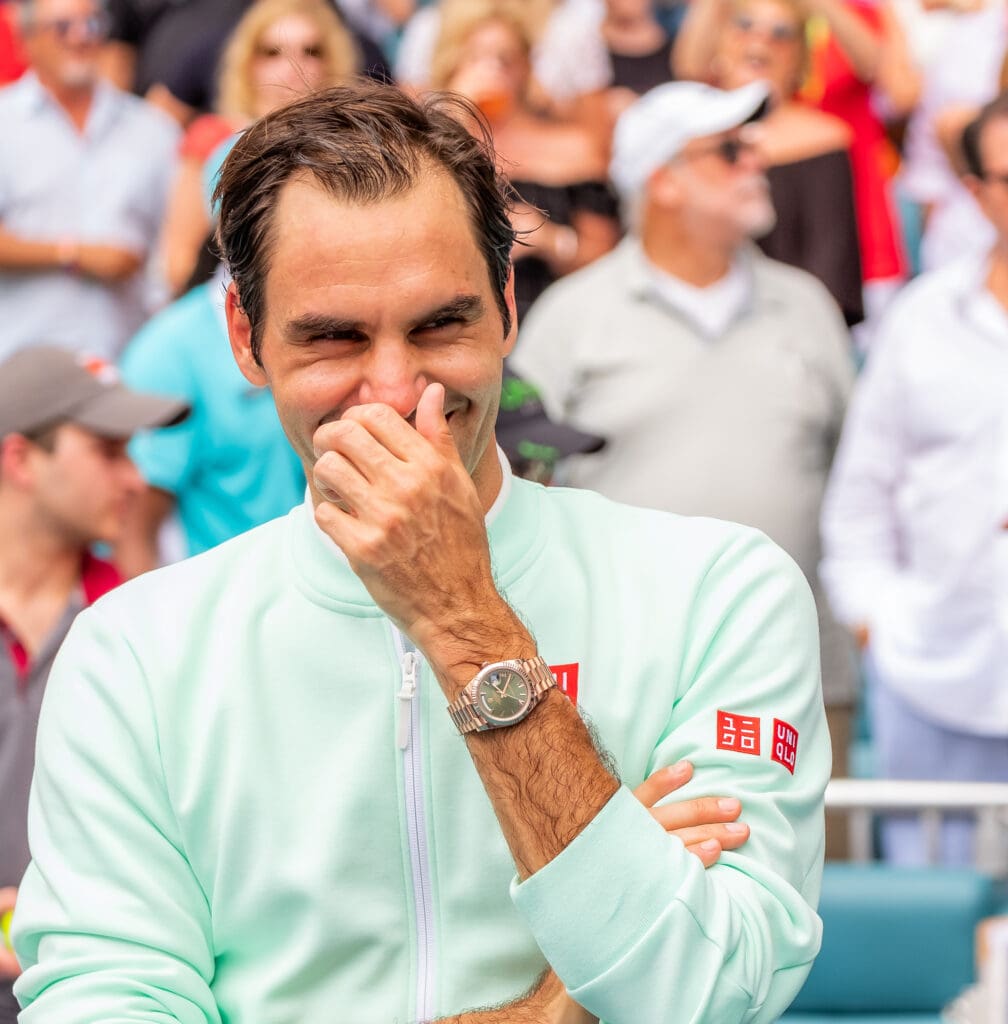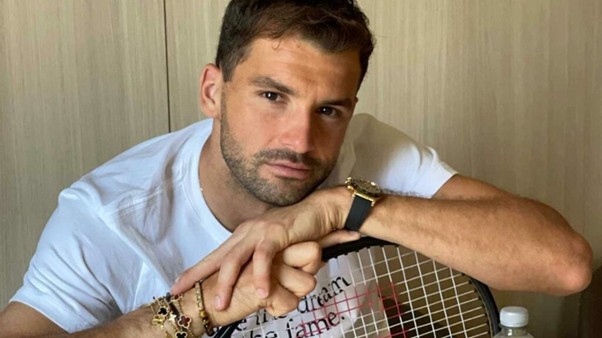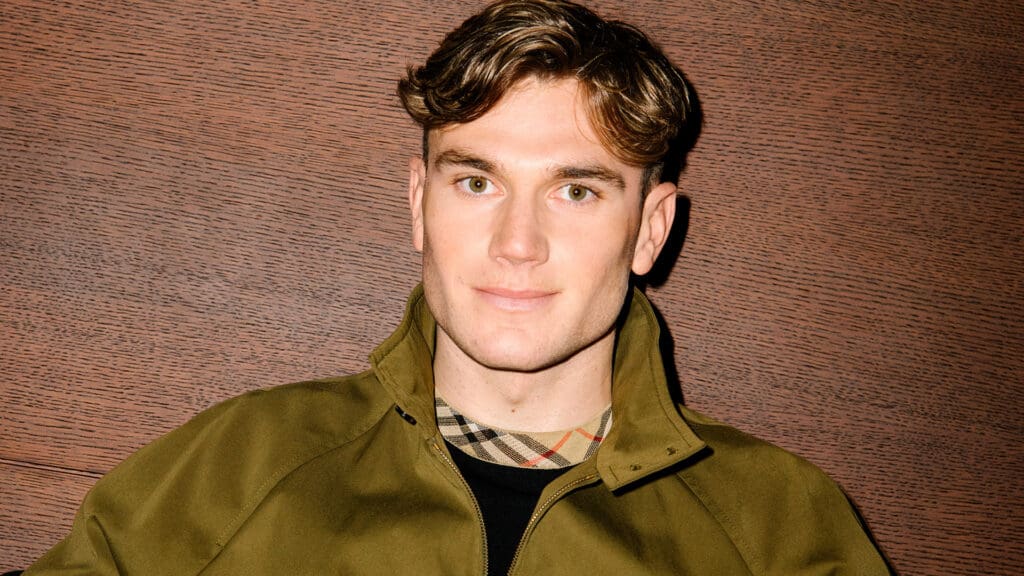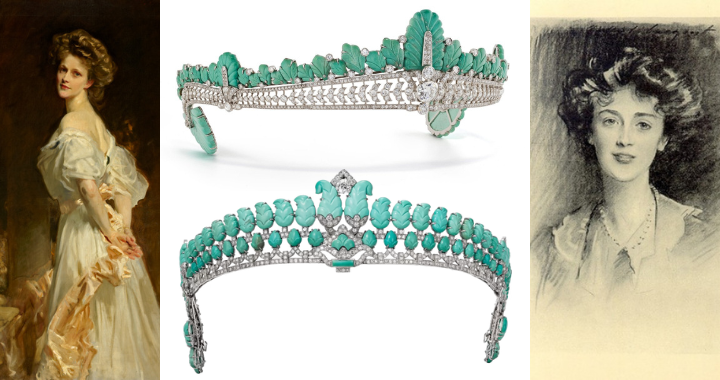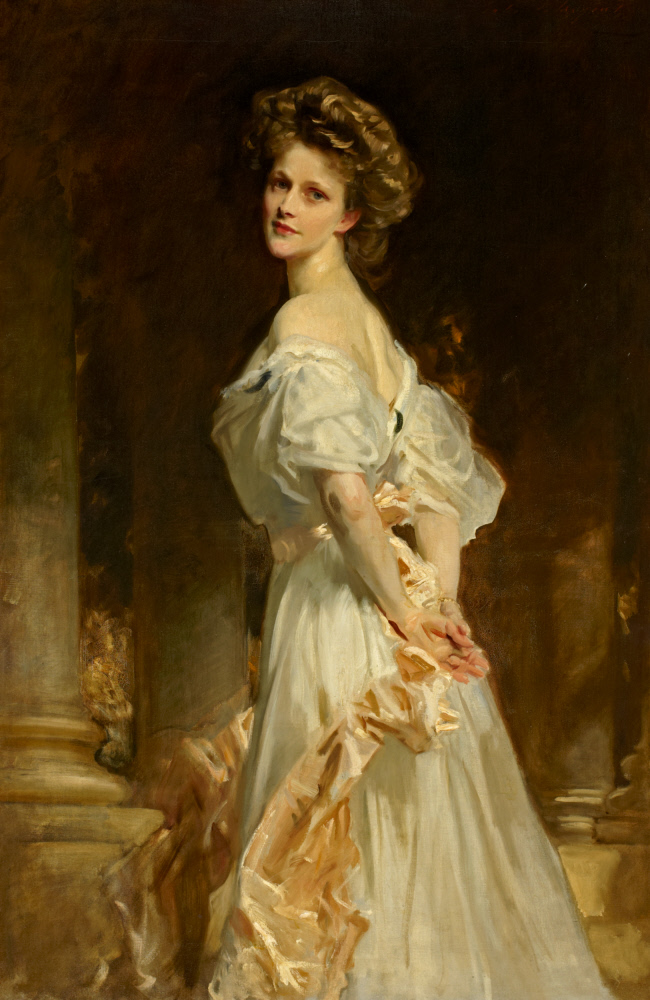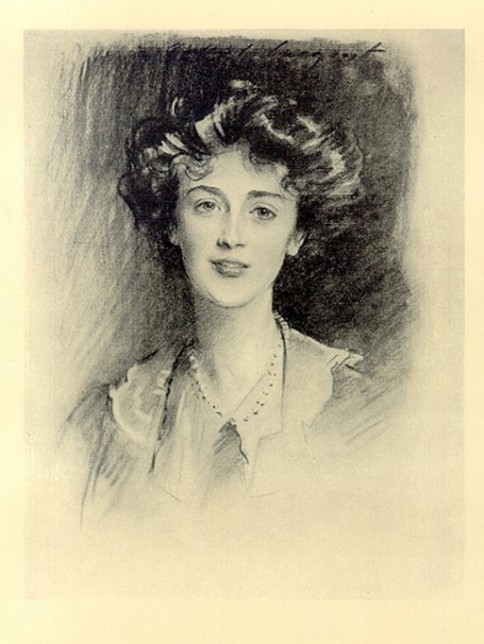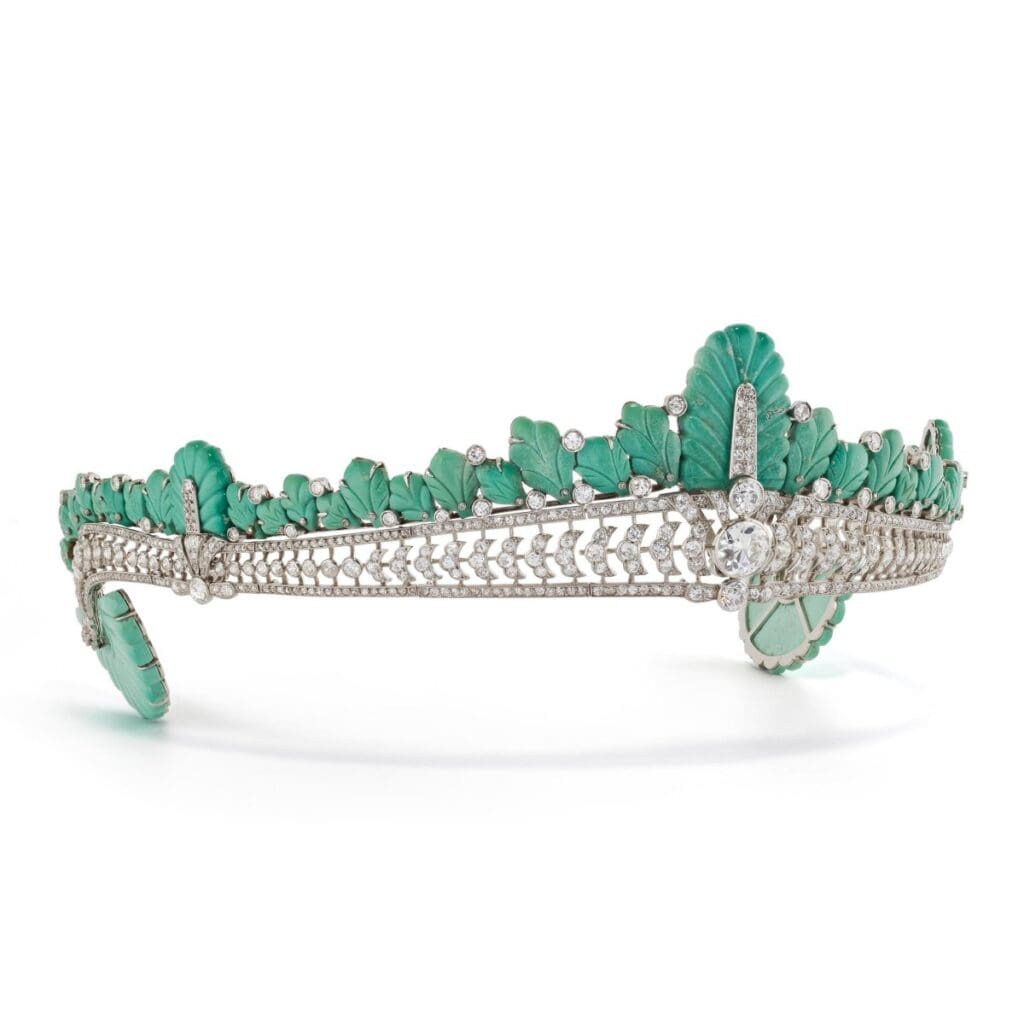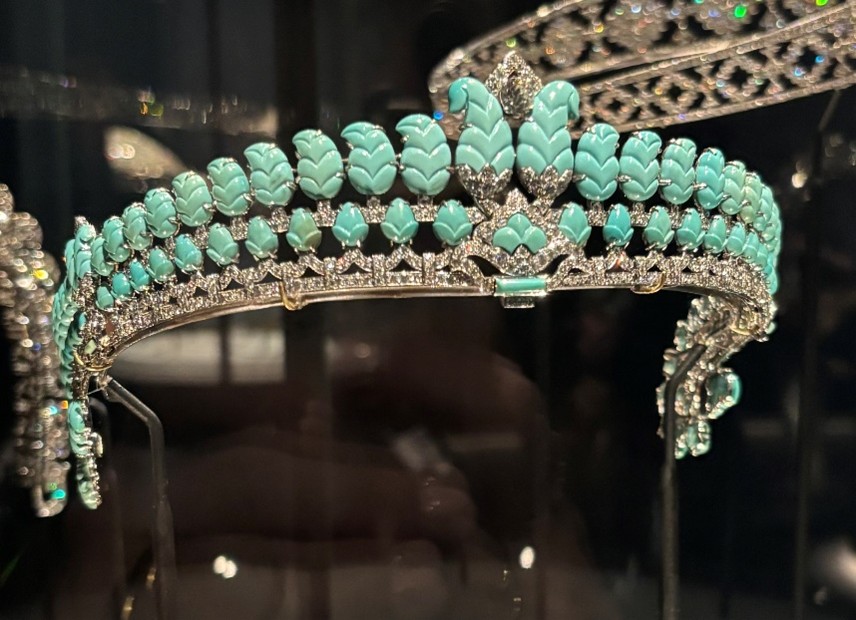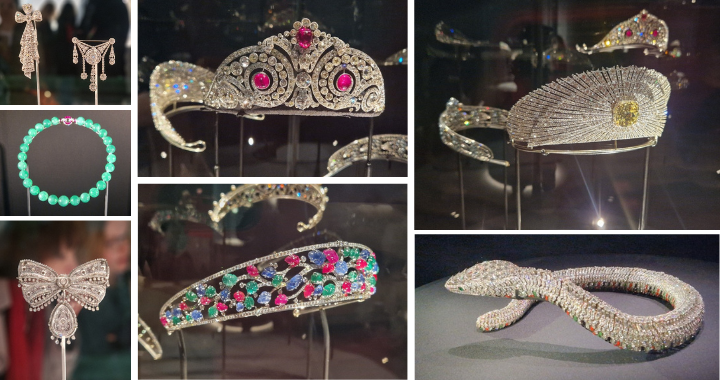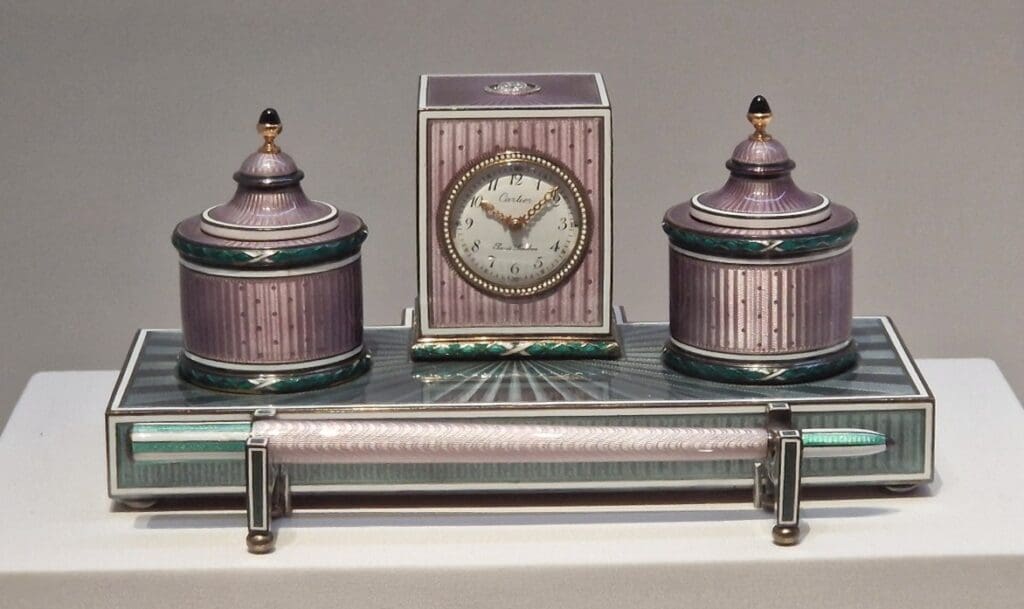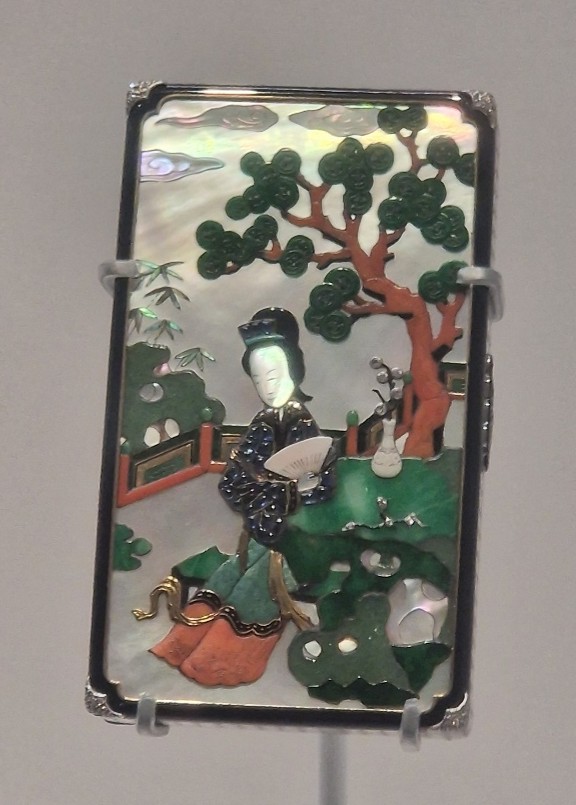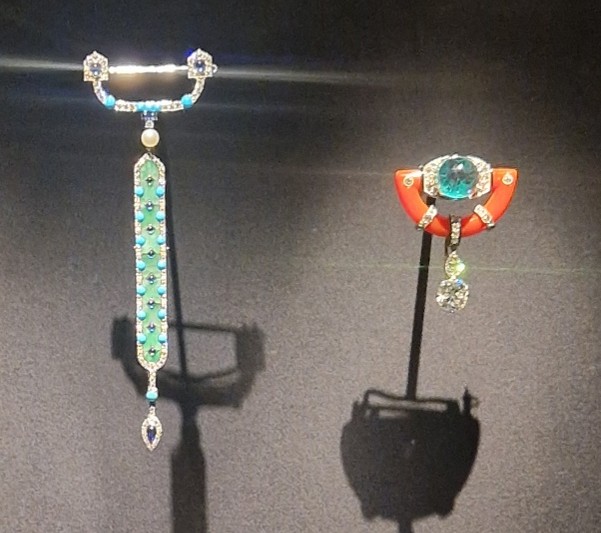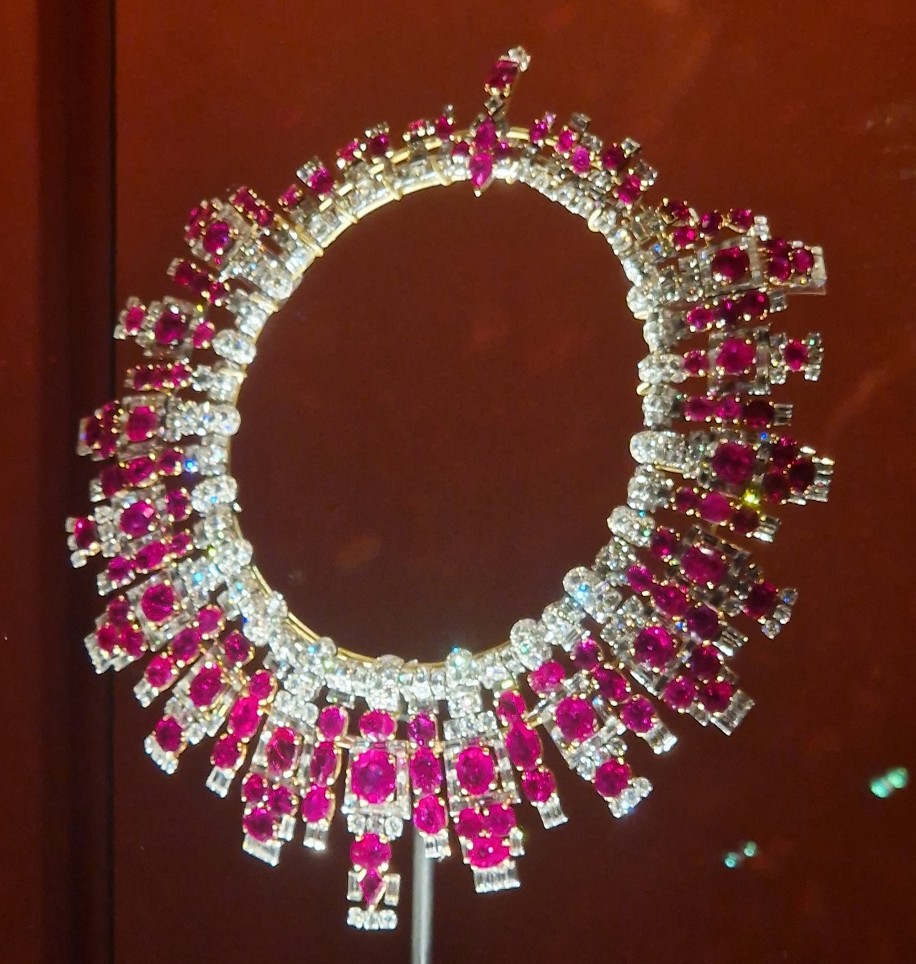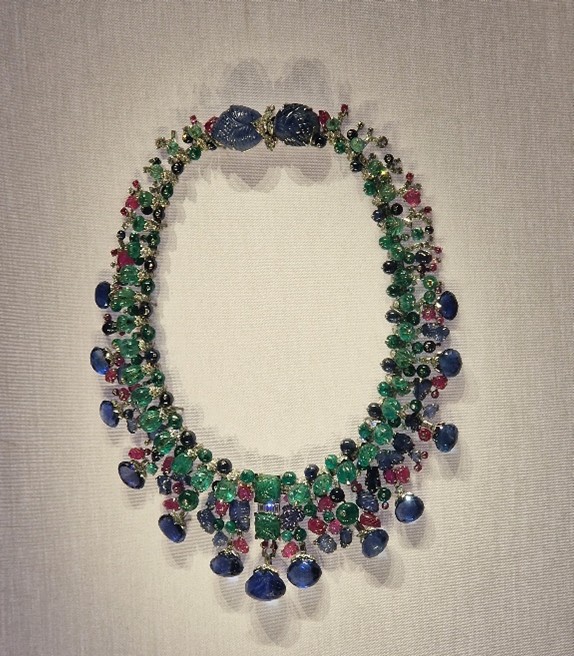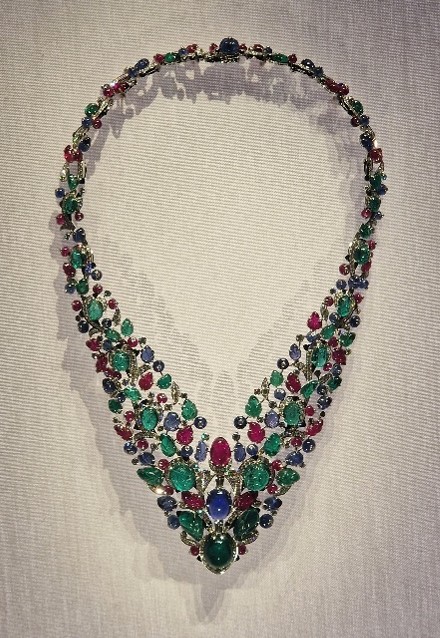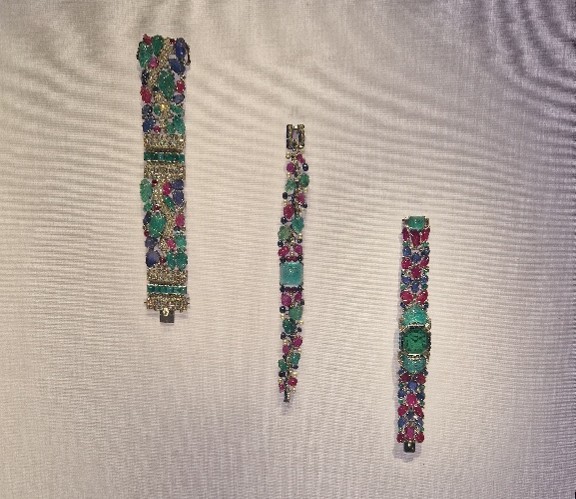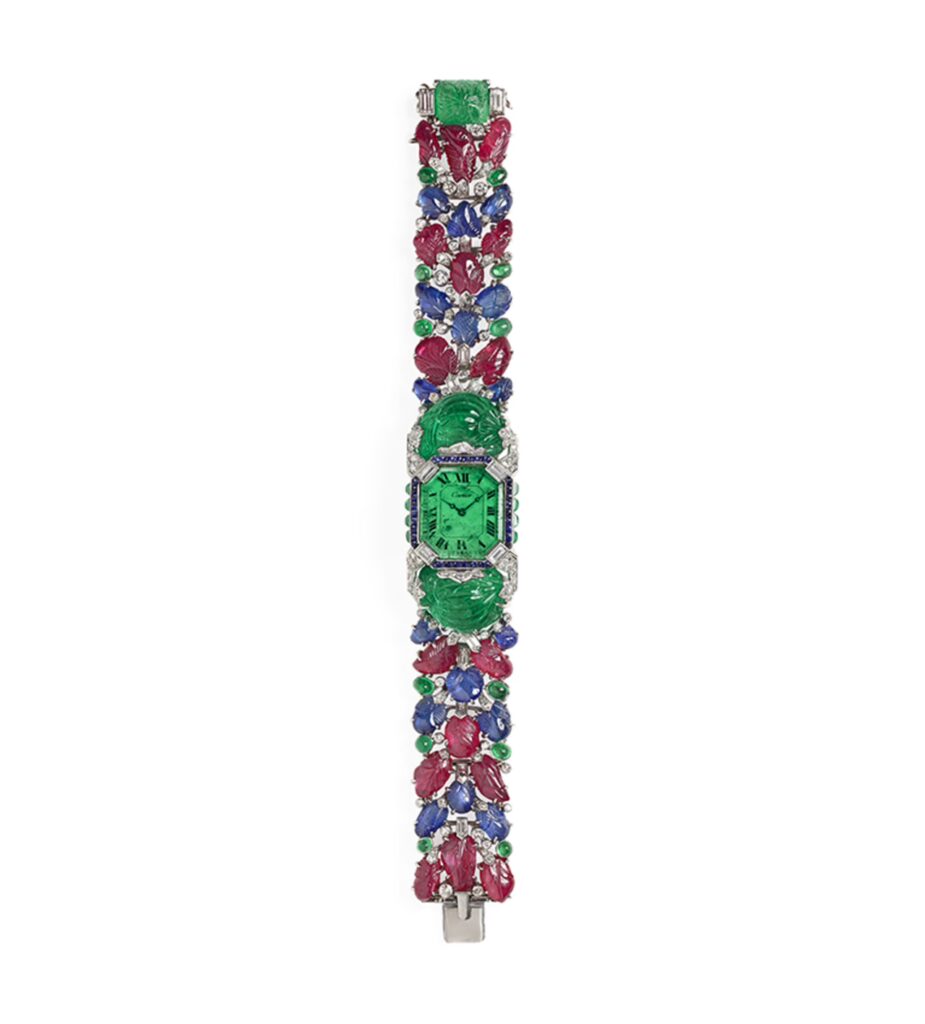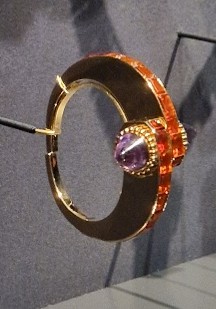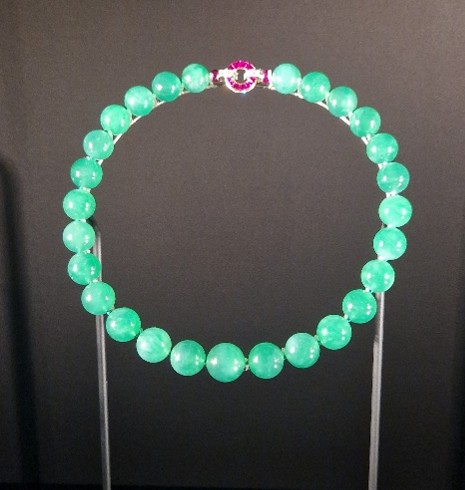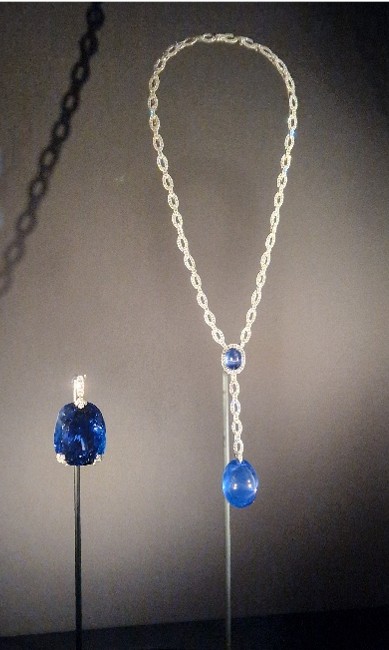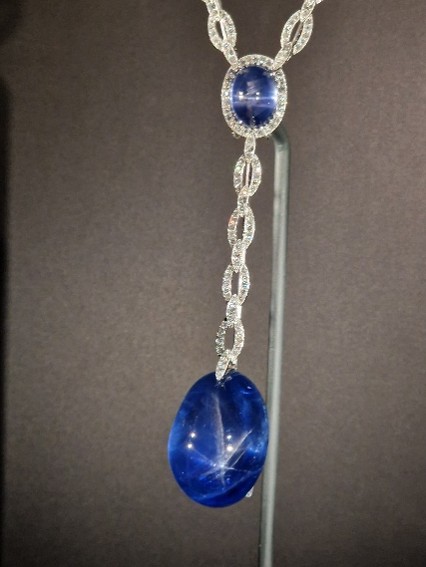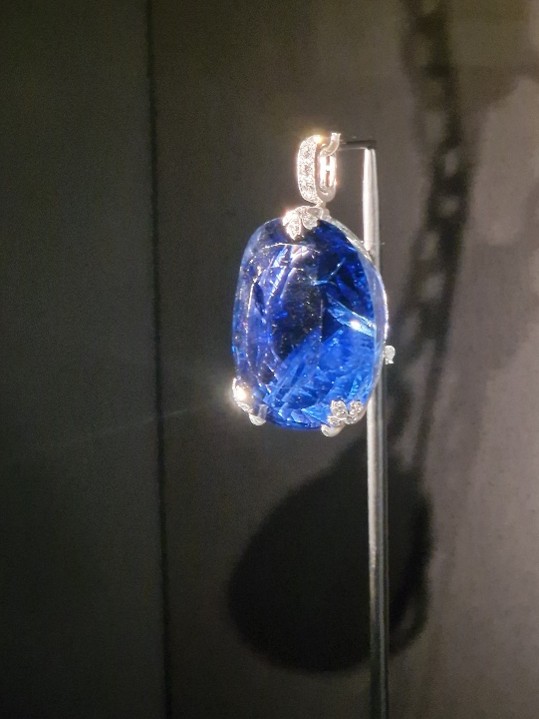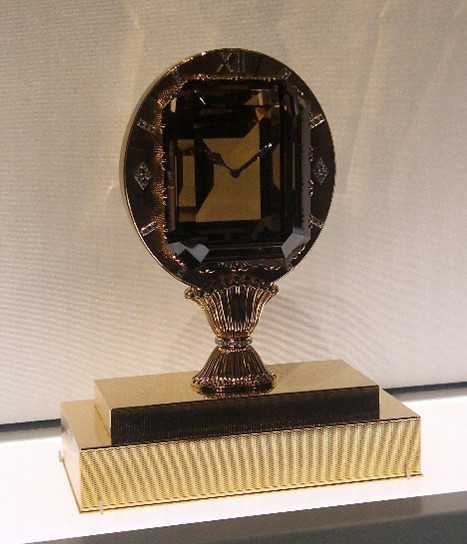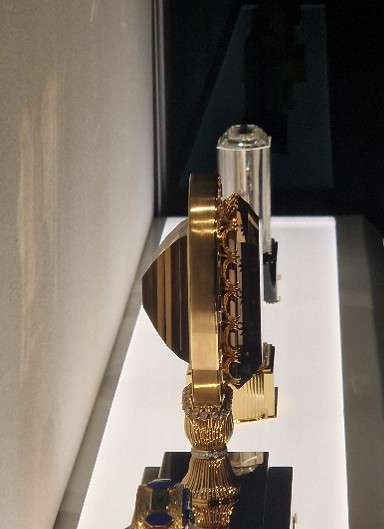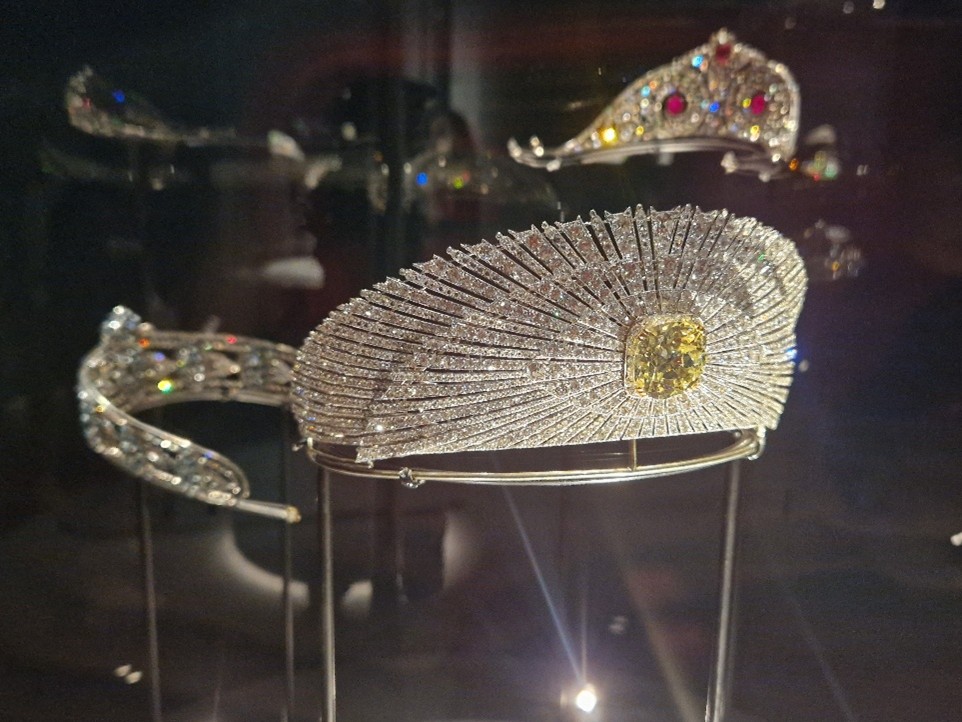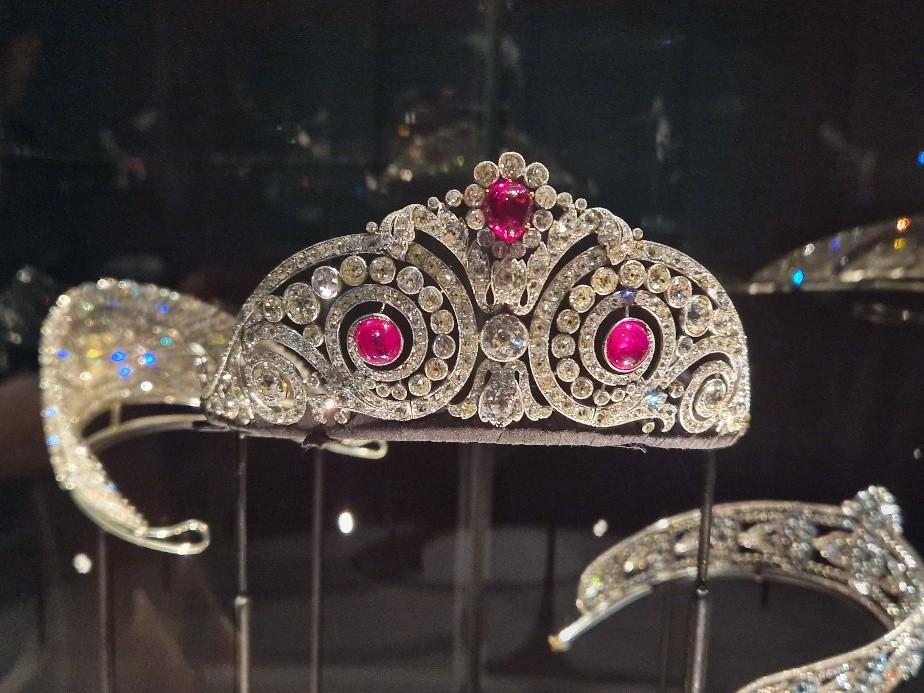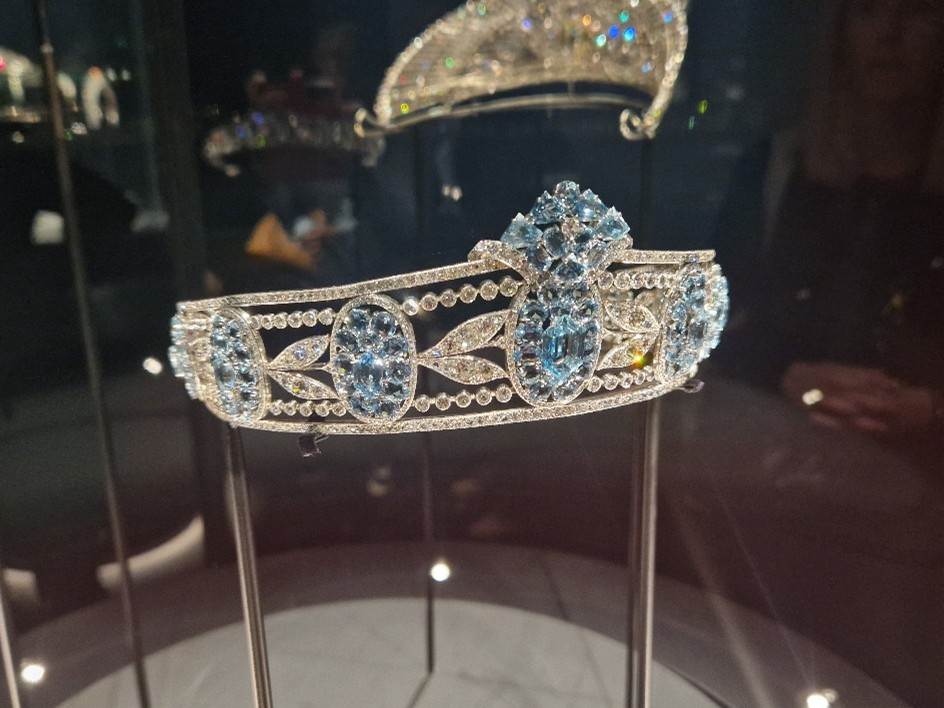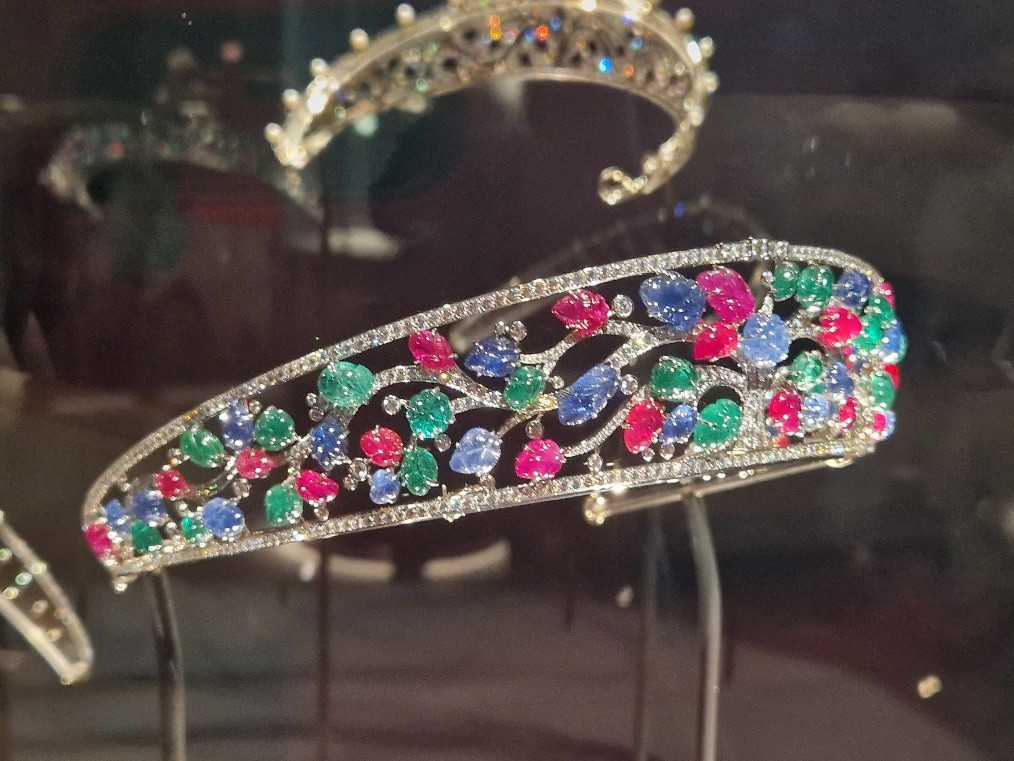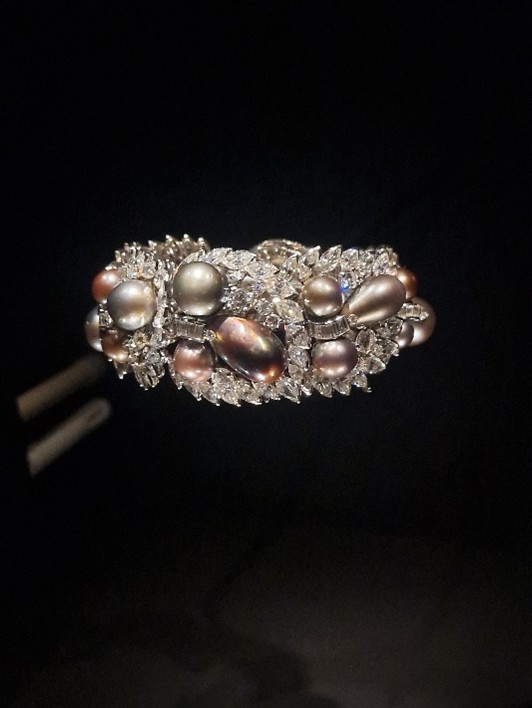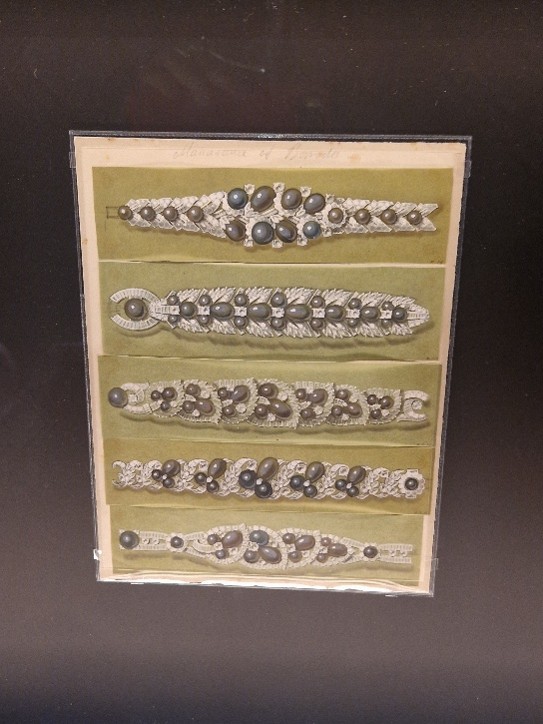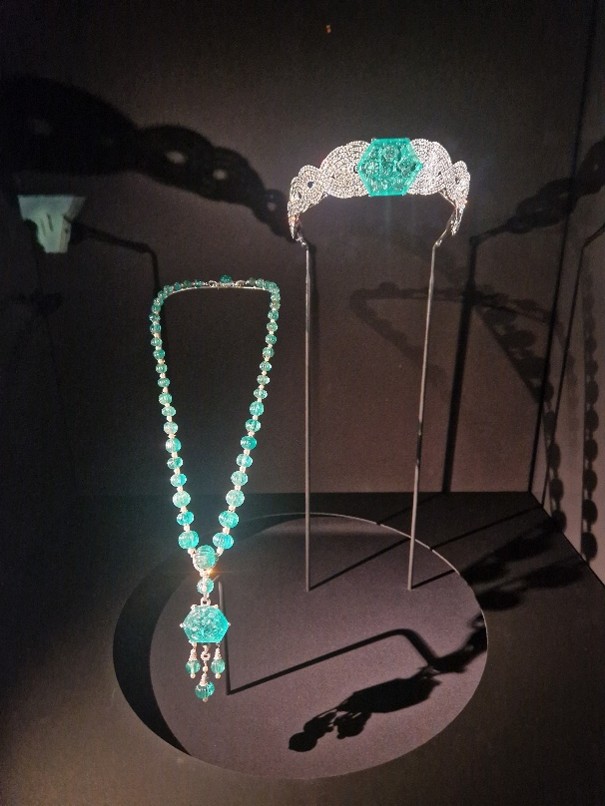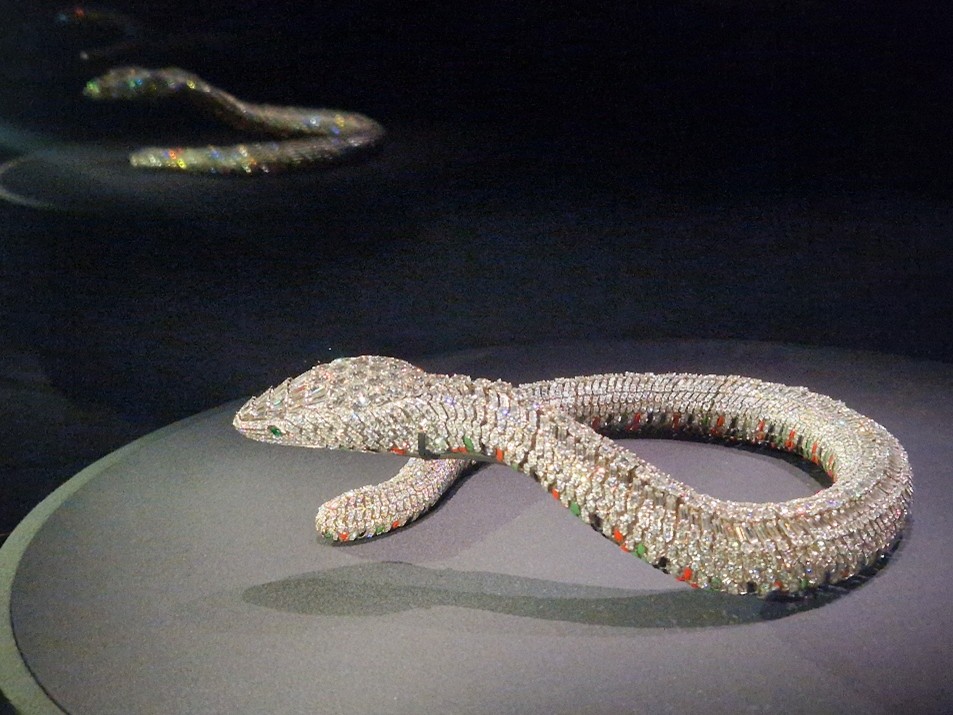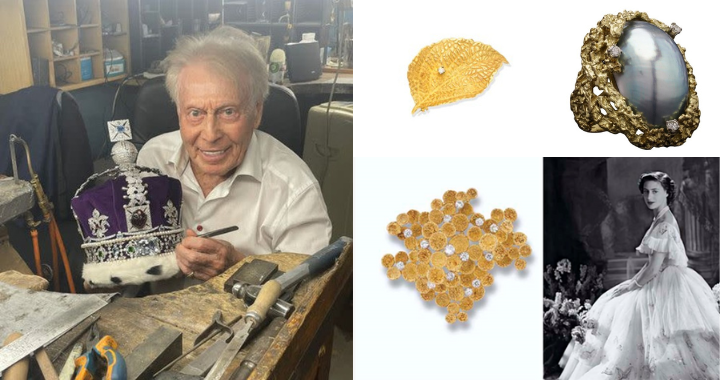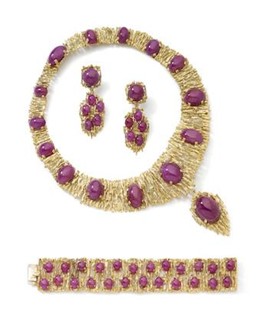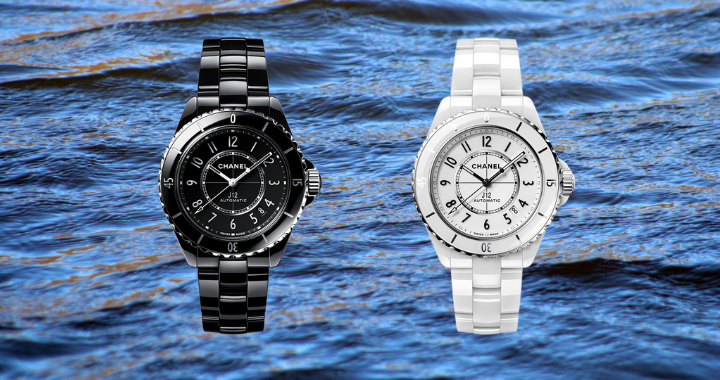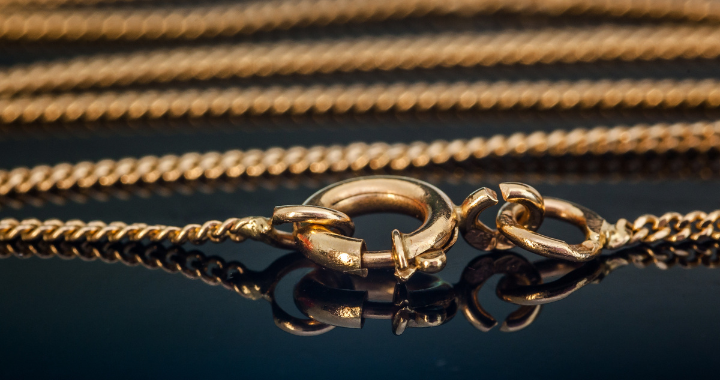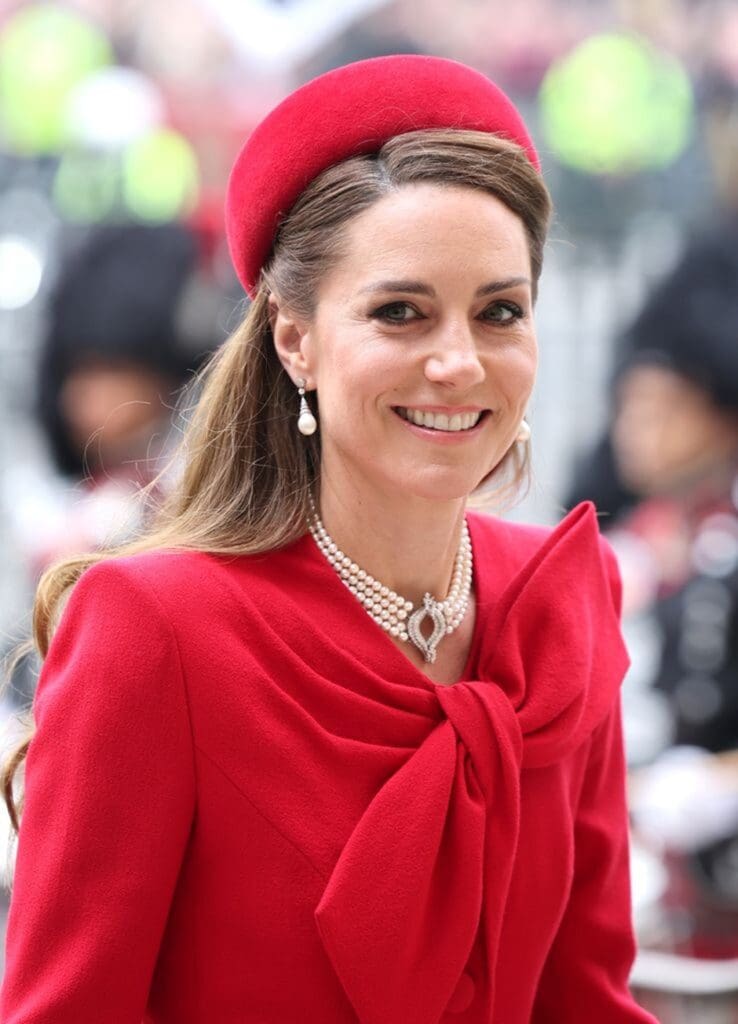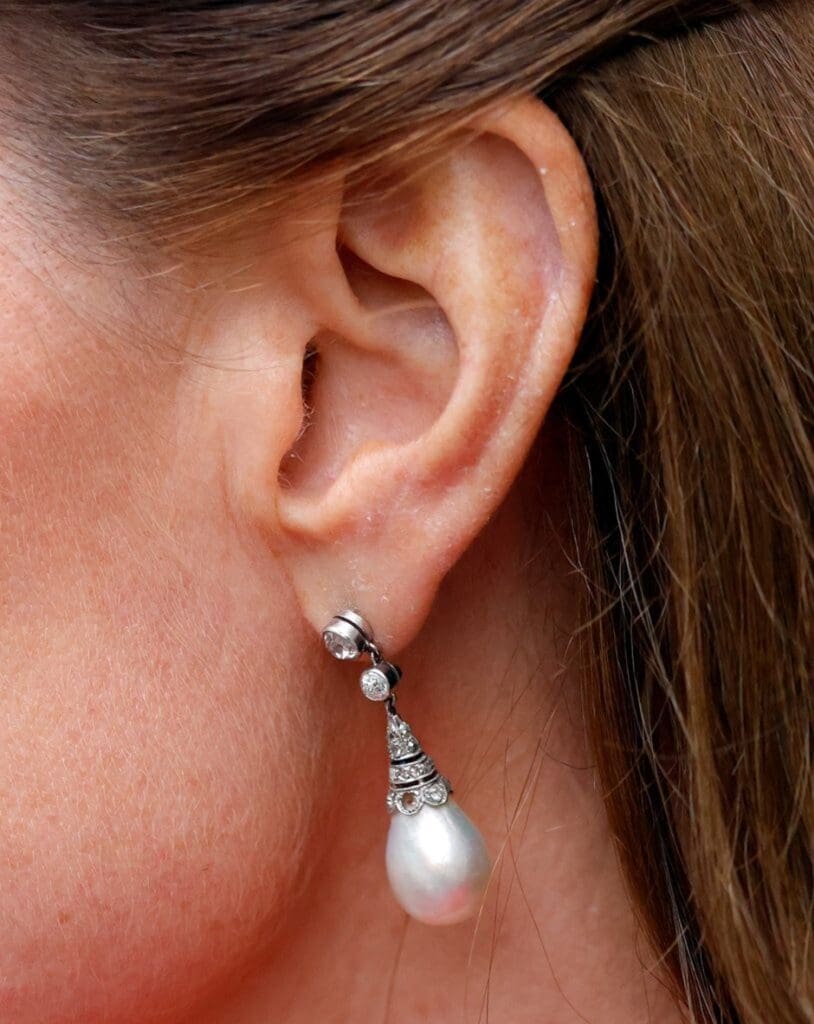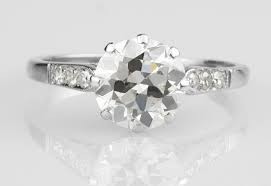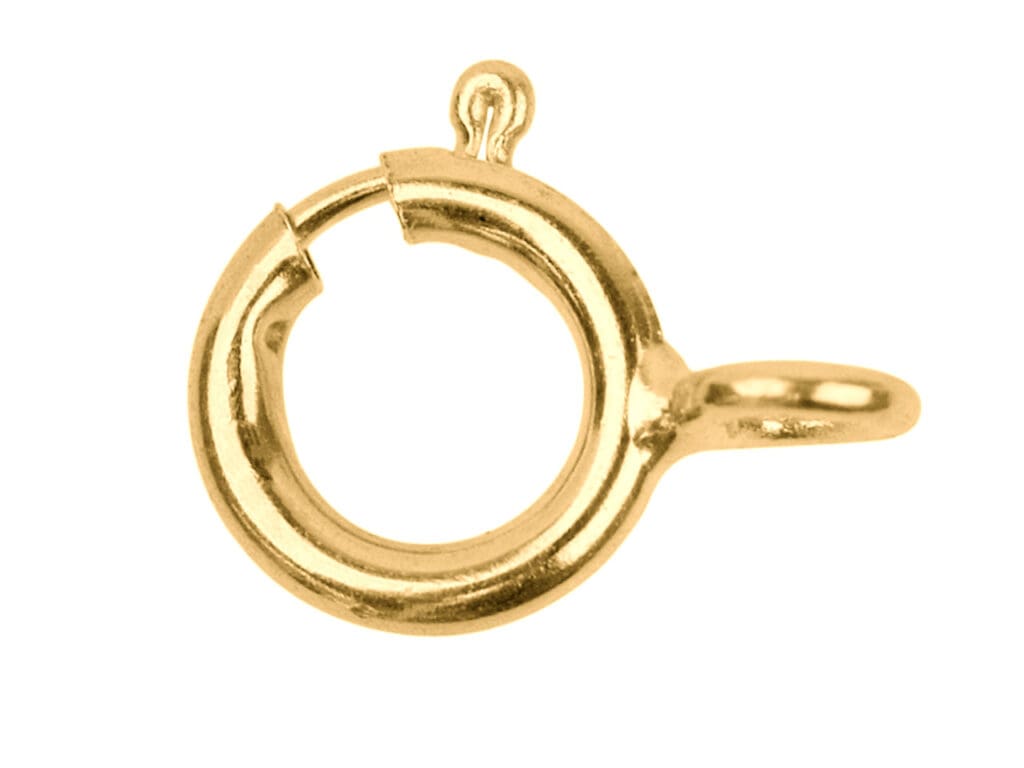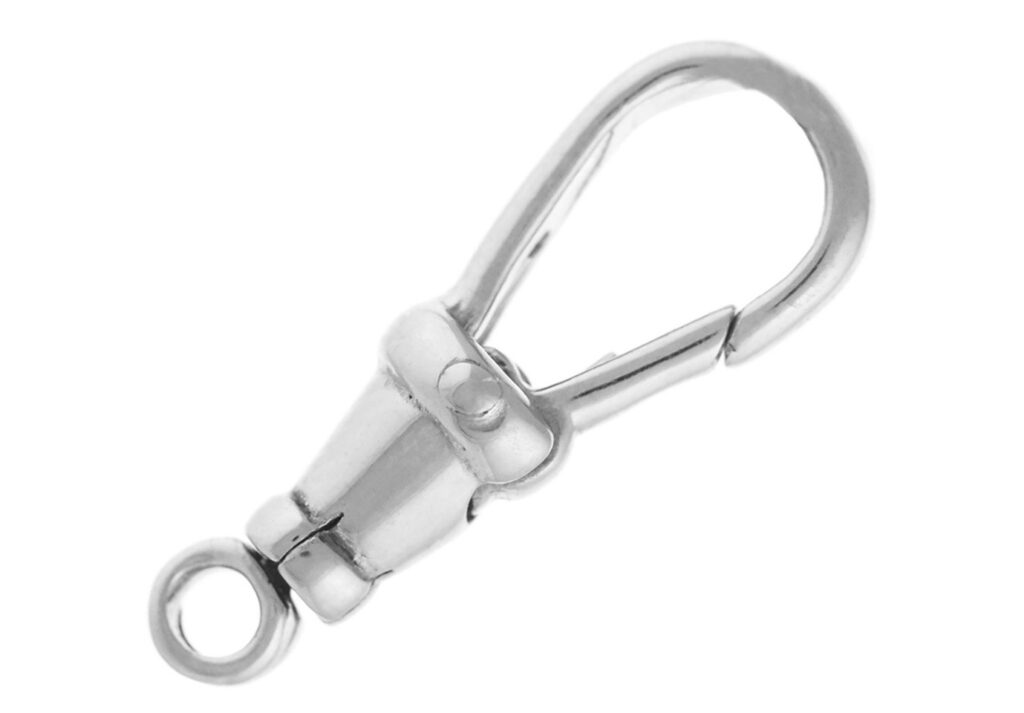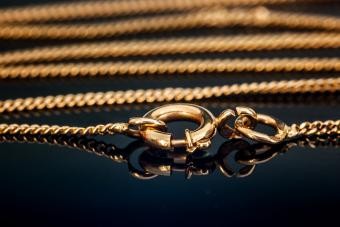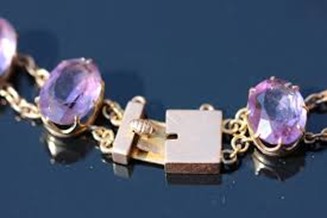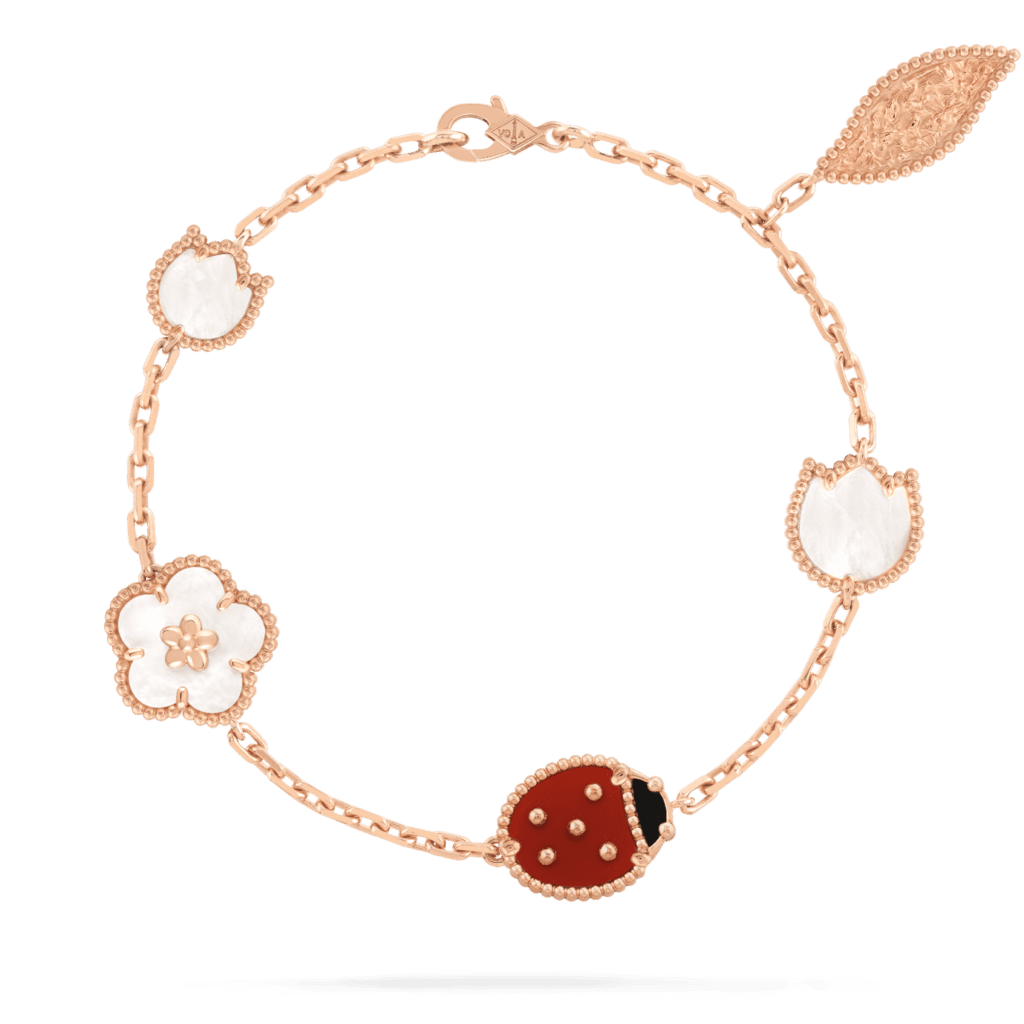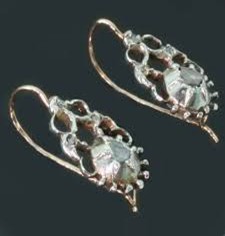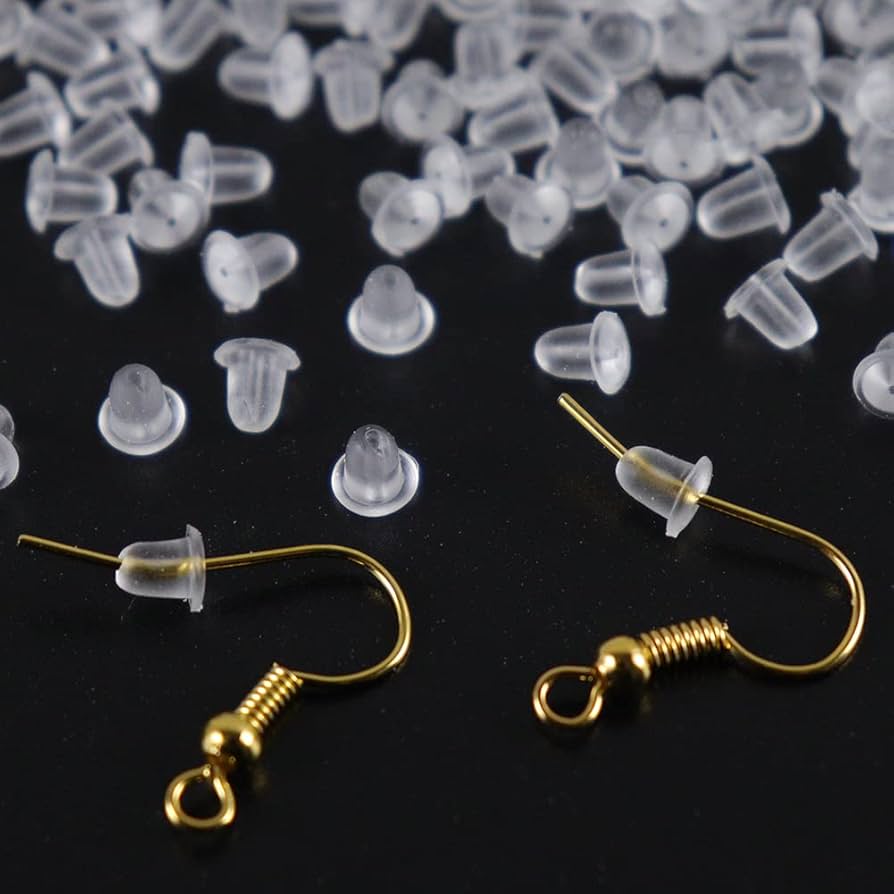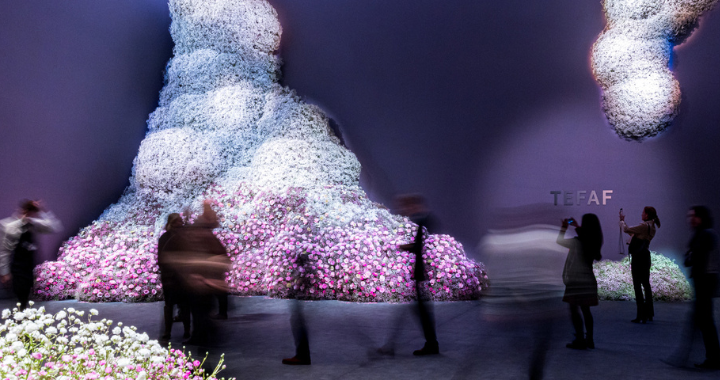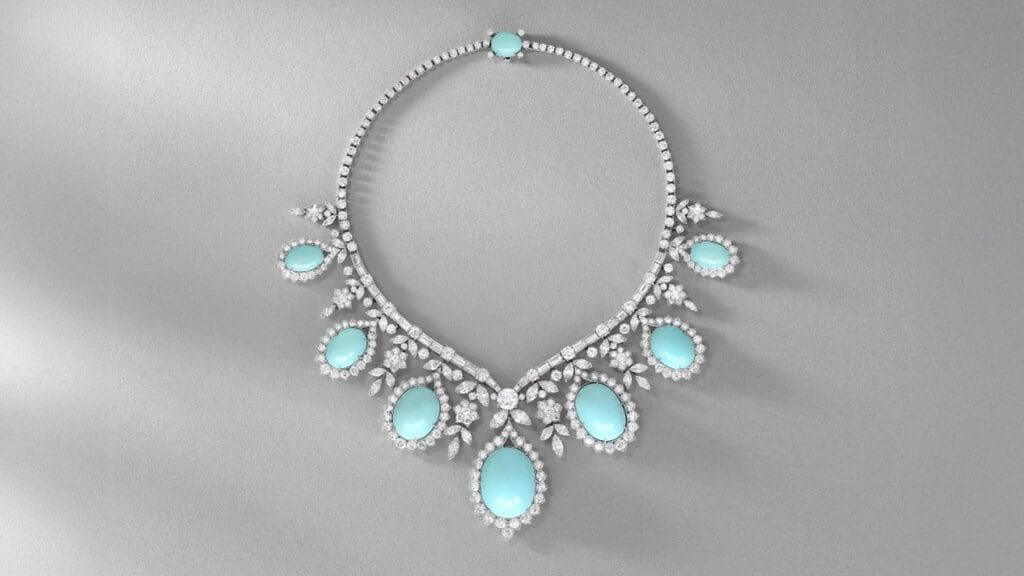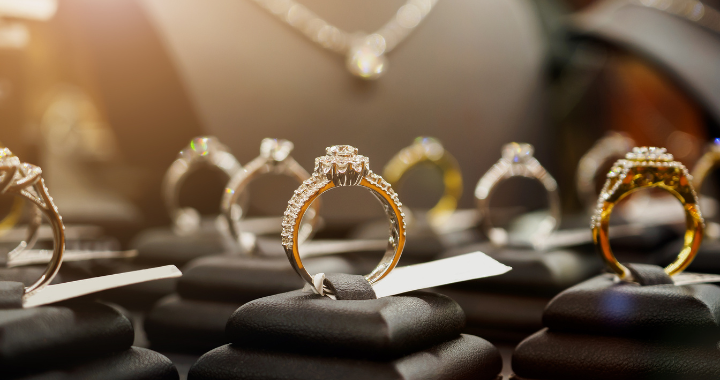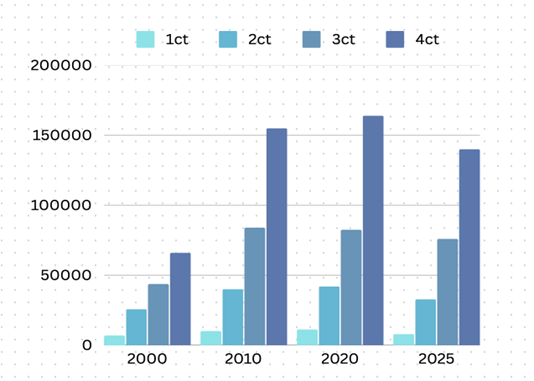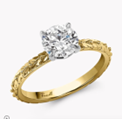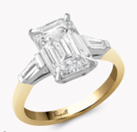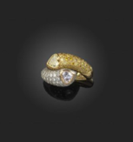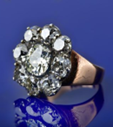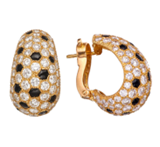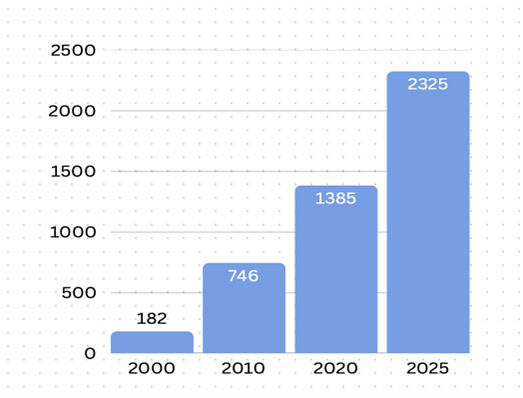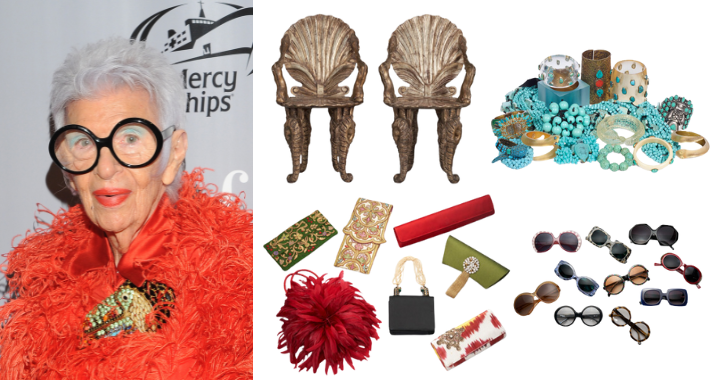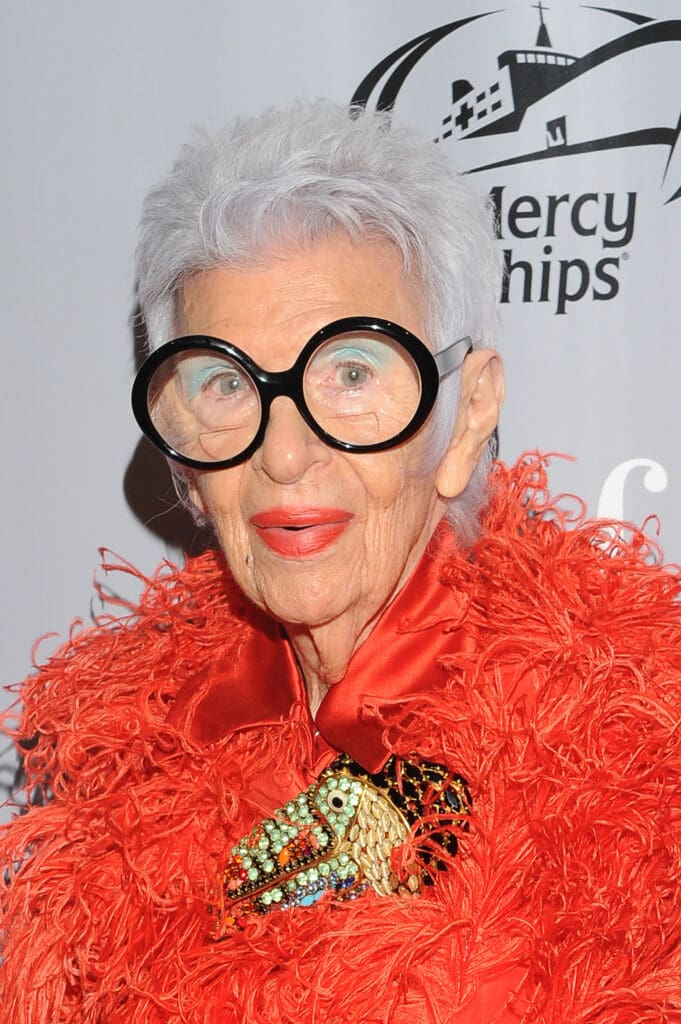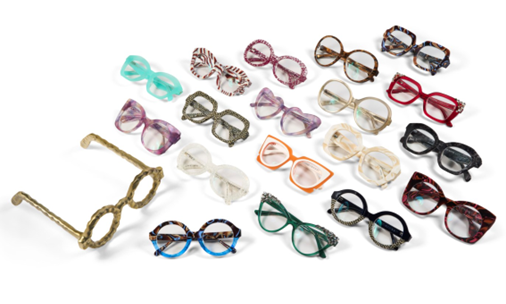Last month, our Jewellery Specialist Liz Bailey visited the annual exhibition hosted by the Tomasso Gallery, displaying contemporary and vintage jewels by Grima.

In its third year, this much anticipated exhibition included pieces from Andrew Grima’s collections, including a selection of pieces from his ‘About Time’ collection for Omega, as well as contemporary works by the Grima Company. Beautifully curated and displayed in groups of theme and colour, this display of retro and contemporary pieces from the Grima family blended seamlessly, expressing a true and timeless signature style.
Andrew Grima is one of Britain’s most celebrated jewellers. Creating jewellery from the 1960s onwards, he came from an engineering background and was introduced to the trade when he joined his father-in-law’s jewellery manufacturing business, H.J. Company, in 1946. With a clear design vision, his jewellery is “daring, fantastic, even flamboyant but without being clumsy or brash”. Honing a signature style with large uncut gemstones, textured 18ct yellow gold, diamond accents and bold forms, he became a royal and high society favourite. The sentiment remains, his beautifully bold and increasingly rare jewels have continued to rise in value, year on year.
Since Andrew’s death in 2007, his wife and daughter Jo and Francesca continued the tradition of creating original and handmade fine jewellery. A collection of 20 to 30 pieces is created each year, often using the goldsmiths who had been employed by Grima for over 40 years, resulting in a beautiful continuation of the Grima design ethos.

The above cabinet features two tourmaline pieces by Andrew Grima in the early 1970s. Each pendant displays an unpolished tourmaline crystal, presented from both the X and Y axis – in other words, sliced through the crystal, and down the crystal. Both of these pieces are from Grima’s ‘Rock Revival’ Collection. Elsewhere in the cabinet are three rings, the furthest right set with a faceted oval tourmaline and brilliant cut diamonds, created by the Grima Company in 2019.
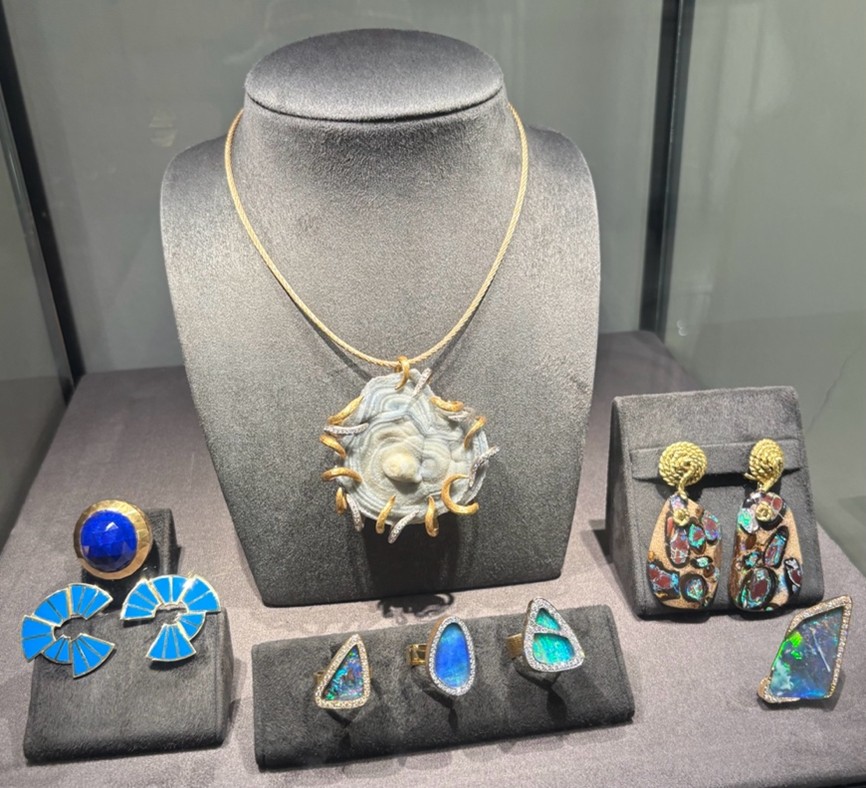
The central druzy agate pendant in this cabinet is highly reminiscent of a brooch by Andrew Grima, pictured in Hinks’ 1983 Twentieth Century British Jewellery (Plate XVII), however was created by the Grima Company in 2006. Measuring 6.5cm in diameter, this impressive piece can be worn as a pendant or a brooch. The opal pieces in this cabinet date from the 1970s until the present day – the drop earrings are set with Yowah nut opals and were particularly eye-catching!
About Time – Grima’s Omega Collection
At the exhibition were three timepices from Grima’s iconic ‘About Time’ collection for Omega, commissioned in 1969. Grima’s collection of 55 watches for Omega bore neither parties name to the dial, and had a prevailing theme; each watch face was either seen through a precious stone or concealed by one. A landmark collection for both Omega and watch design more broadly, Grima was famously quoted as saying “If you need to know the time, you ask your chauffeur.”
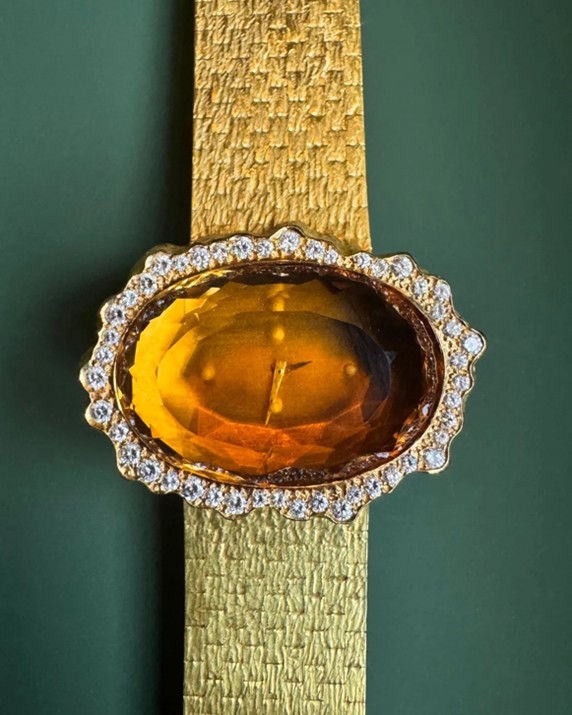
The Linenfold Watch, circa 1969 and pictured above, was nestled amongst a wonderfully rich array of sculptural citrine jewellery. This showstopping timepiece features a 76.13ct oval citrine ‘glass’ and is surrounded by an irregular diamond bezel, completed of course with a beautifully textured 18ct yellow gold bracelet.
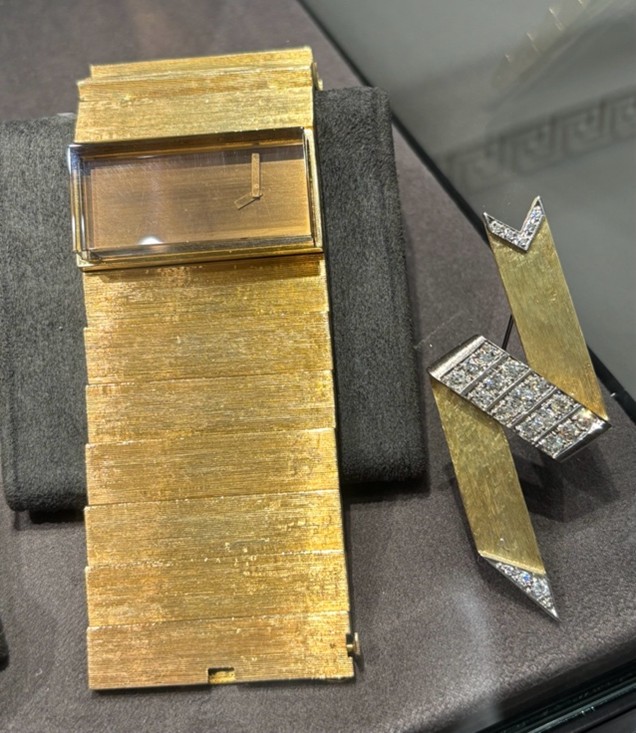
Secondly, the aptly named Elegance Watch, dating to 1970 and featuring the classic elongated rectangular dial, which became somewhat of a design hallmark in Omega’s following collections. Accented with off-centre hands, a smoky quartz ‘glass’ and a textured cuff bracelet, this striking piece paved the way for subsequent stylish Omega creations, see refs. 8270 and 1907.
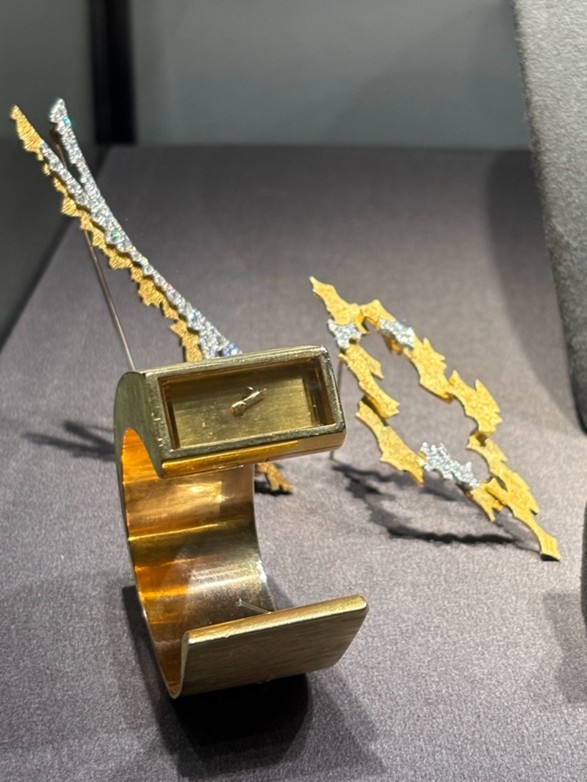
Finally, the Utopia Watch, dating to 1971. This sculptural piece once more features a rectangular smoky quartz glass, set atop a brushed 18ct gold torque bangle. With less than a handful of Grima’s About Time Collection offered for sale via public auction in the last few years, to see three of these special pieces all in one place was a real treat!
Demand for signed 1960s and 70s jewels such as Grima’s is ever increasing, and values continue to rise over the last couple of years, with pieces far exceeding their estimates at auction. To ensure that you are adequately insured in an extremely buoyant market, do get in touch with our specialist team.
With thanks to Grima Jewellery. For further information on any of the pieces photographed, please visit www.grimajewellery.com.
To arrange a jewellery valuation, call us on 01883 722736 or email us on [email protected].






